Search
Search Results
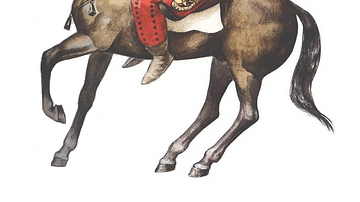
Image
Scythian Warrior
Artist's impression of a 7th-6th-century BCE Scythian warrior.
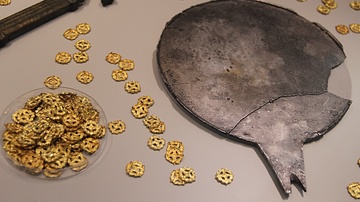
Image
Scythian Mirror & Ornaments
A collection of gold Scythian dress ornaments and a mirror. Collection of the Altes Museum, Berlin.
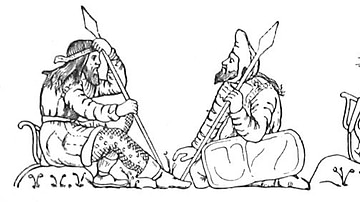
Image
Scythian Warriors
Scythian warriors, drawn after figures on an electrum cup from the Kul'Oba kurgan burial near Kerch. The warrior on the right is stringing his bow, bracing it behind his knee; note the typical pointed hood, long jacket with fur or fleece...
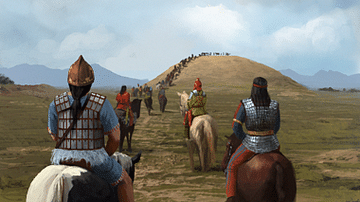
Image
Scythian Funeral Procession
Artist's impression of how a Scythian funeral process may have looked like. A typical Scythian burial mound (or kurgan) is visible in the background.
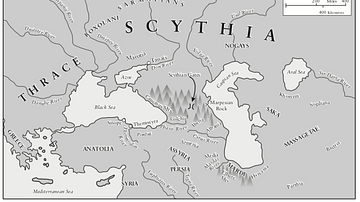
Image
Traditional Scythian-Occupied Region East of Ukraine
A map of the traditional areas inhabited by the Scythians, stretching east from the Ukraine.
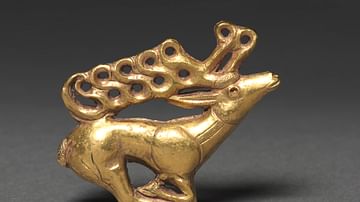
Image
Scythian Stag Plaque
Scythian gold plaque, showing a stag.
Western Asia, 5th-4th century BCE.
Cleveland Museum of Art, The Severance and Greta Millikin Purchase Fund
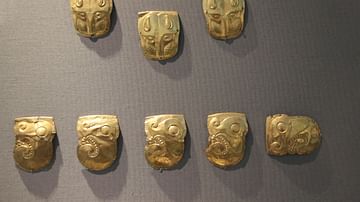
Image
Scythian Gold Appliqués
Scythian gold appliqués.
Treasure Gallery, Altes Museum, Berlin.
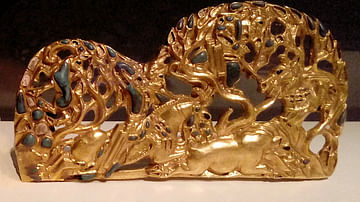
Image
Scythian Belt Buckle
Scythian belt buckle, Southern Siberia, 3rd century BCE.
Hermitage Museum, St. Petersburg.
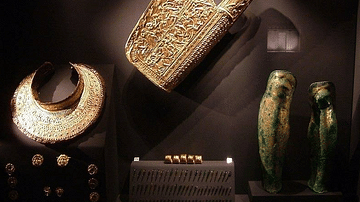
Image
Scythian Quiver & Armour of a Woman, Vergina
The gold quiver, shin-guards and neck armour of the female in the unlooted 4th Century BCE tomb at Vergina, Greece, discovered in November 1977 CE.
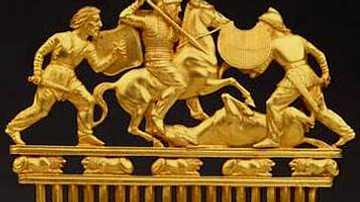
Image
Scythian Gold Comb
The golden comb of the Scythians, 4th century BCE. From the mound of Solokha in Ukraine. (Hermitage Museum, St. Petersburg, Russia)